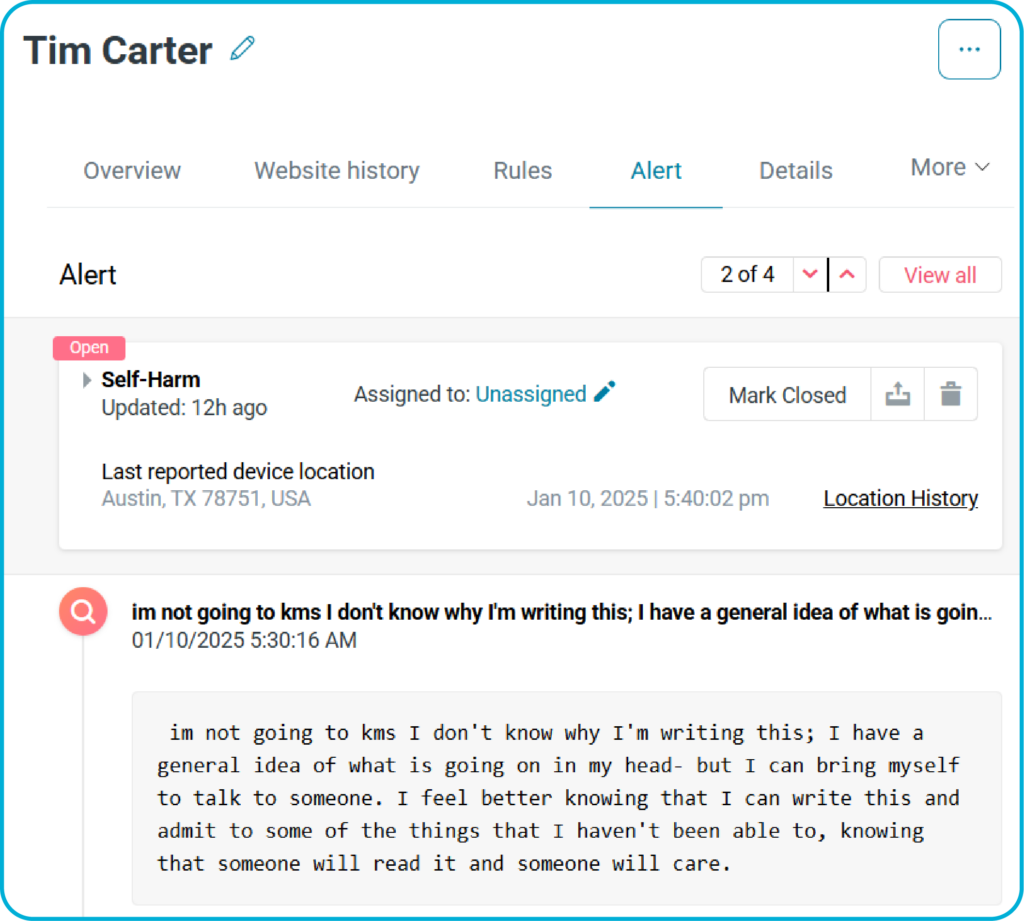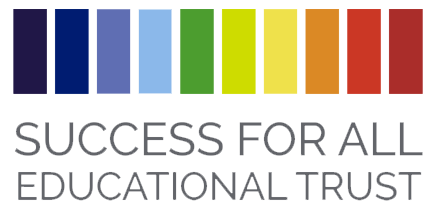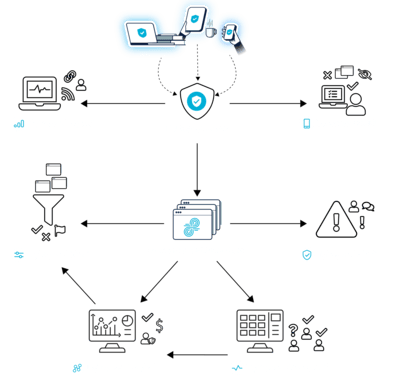Let’s get this out of the way: school safety monitoring is a sensitive topic. And if you’re a parent reading headlines about AI scanning your child’s screen, you’re probably feeling a mix of concern, confusion, and maybe even frustration. That’s totally fair.
But here’s the truth: today’s students are growing up in a world where their biggest struggles don’t always show up in person — they show up online. And schools are doing everything they can to catch those signs before it’s too late.
So, let’s break it down. Here are 10 things every parent should know about student safety monitoring in schools — what it is, what it isn’t, and why it matters now more than ever.
1. Students are in crisis — and we can’t ignore it.
The mental health crisis in youth is real. According to the CDC, suicide is now the second leading cause of death for teens, and more than 1 in 5 high school students has seriously considered suicide.
This isn’t alarmist — it’s a public health emergency.
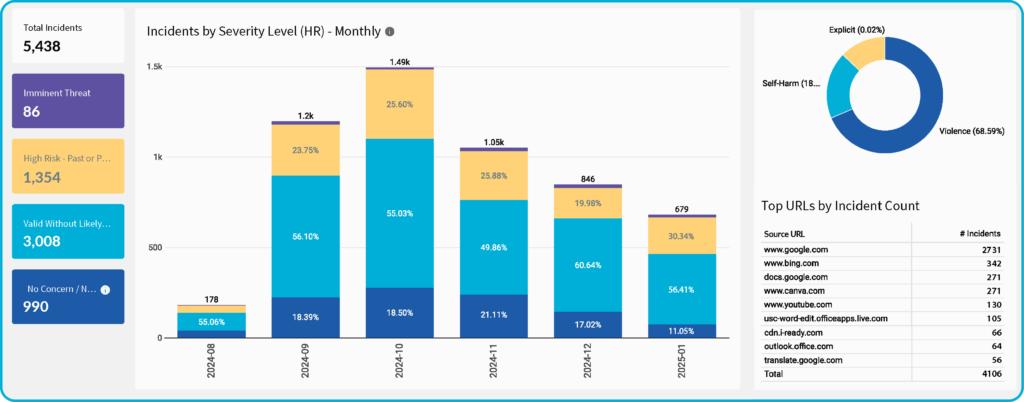
2. Monitoring school-issued tech isn’t just smart — it’s legally required.
Schools that receive federal funding are required by law (through the Children’s Internet Protection Act, or CIPA) to monitor online activity on school devices to keep students safe from harmful content.
This isn’t optional; it’s a basic safeguard.
3. We only monitor school-managed devices and accounts.
Let’s be super clear: this isn’t about spying on students’ personal phones or home networks. Safety software is limited to district-issued devices, networks, and school-managed accounts (like Google Workspace or Microsoft 365).
If a student logs into their personal email or social media at home, we’re not seeing it.
4. Student data privacy is a top priority.
We get it — you want to protect your child’s safety and their privacy. So do we.
That’s why platforms like Lightspeed Alert are FERPA-compliant, data-minimal, and secure.
No selling data. No creepy profiling. Just laser focus on signs of harm.
5. Alerts are reviewed by real people who care.
AI plays a role in identifying risky behavior, but humans are always in the loop. At Lightspeed, trained safety specialists review alerts 24/7, looking at context and tone — not just keywords. They are full-time Lightspeed employees with backgrounds in education, law enforcement, and investigation, with additional training in threat assessment and suicide prevention.
This helps reduce false alarms and ensures schools only act when there’s real concern.
6. We have to be proactive — not reactive.
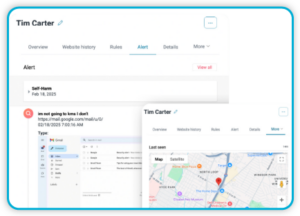
It’s not about punishment — it’s about prevention.
7. Many students in crisis weren’t on anyone’s radar.
Here’s something heartbreaking: many of the students flagged as high-risk by safety monitoring tools weren’t previously known to counselors, teachers, or parents. No outward signs. No cry for help.
Just a late-night message to an AI or a search for ways to make the pain stop.
8. Students confide in their devices more than we think.
When a school contacts a parent after an alert, the response is often shock: “I had no idea.” And then relief: “Thank you for catching this.” Students today may not speak up to adults — but they type out their thoughts when they feel alone.
Monitoring helps schools see what kids are too scared to say out loud.
9. This isn’t about catching kids being kids.
Lightspeed Alert isn’t scanning for cursing or drama. It’s trained to recognize signals of self-harm, suicidal ideation, threats of violence, and sexual abuse — and to ignore the everyday stuff teens say online.
It’s about safety, not surveillance.
10. It takes a village to keep kids safe.
This isn’t the school’s job alone. It’s not the parent’s job alone. It takes teachers, tech teams, counselors, administrators — and you — working together to build a safer world for students.
Safety monitoring isn’t a silver bullet, but it is a critical tool in that shared effort.
Bottom Line?
We don’t monitor because we want to invade privacy. We monitor because we want to empower schools to help students more effectively to save lives.
And it’s working.
